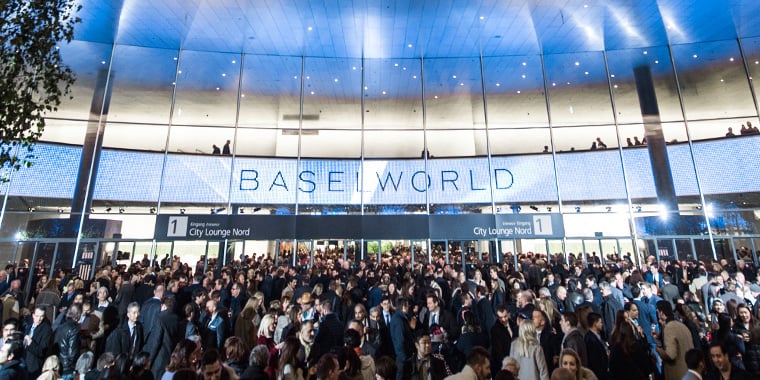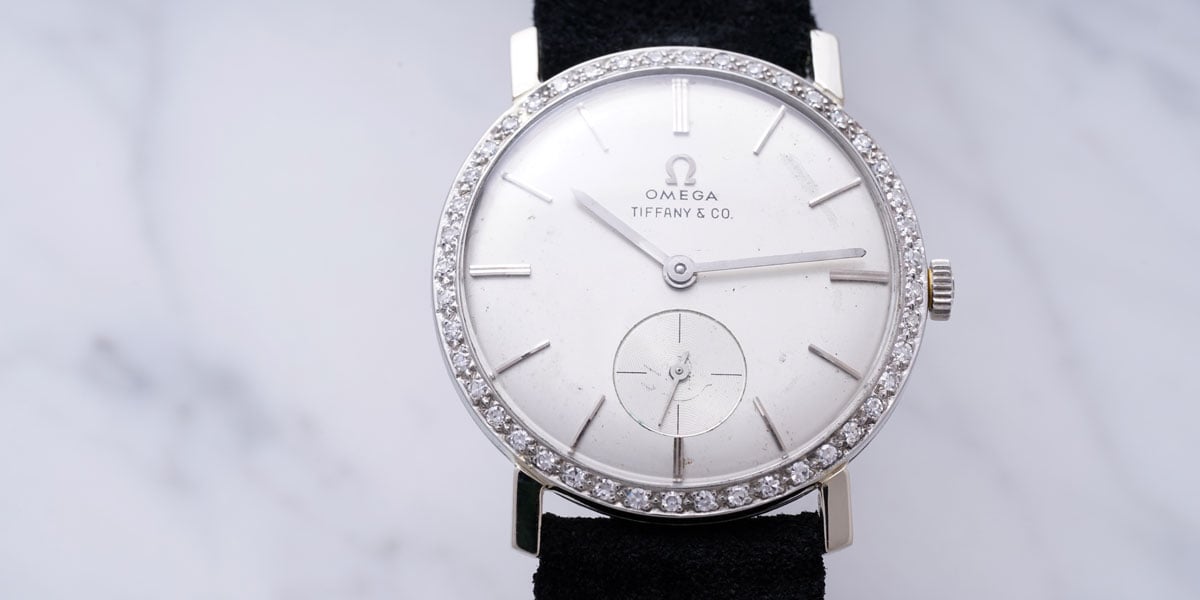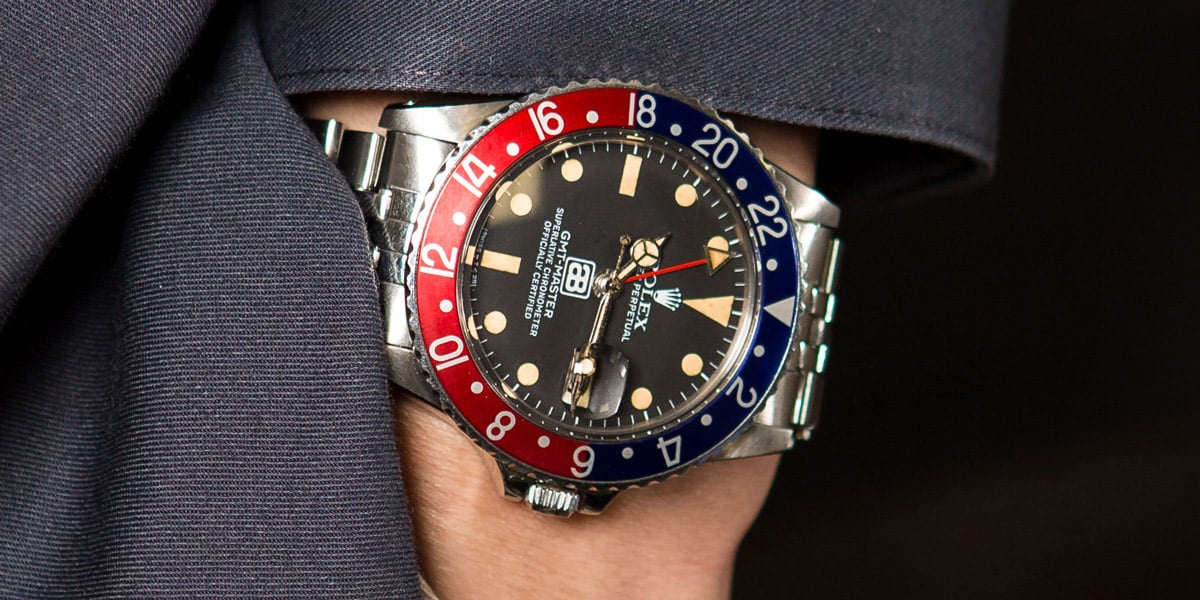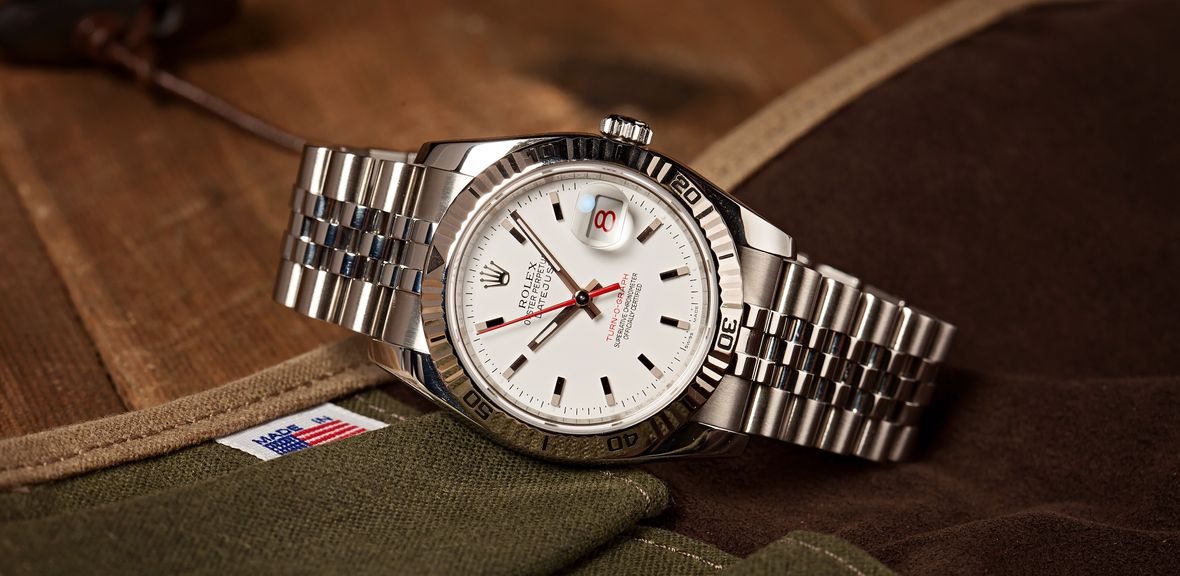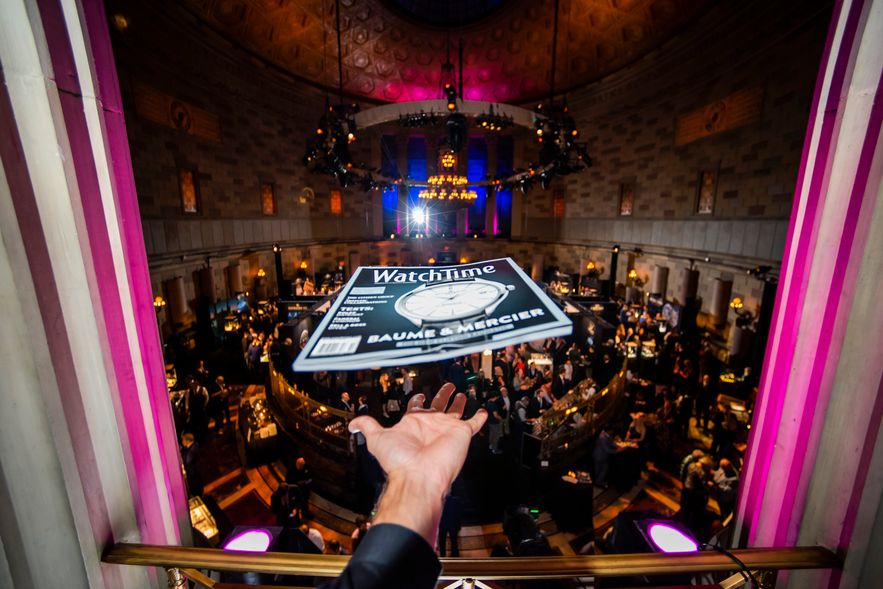Baselworld isn’t just a tradeshow, it’s the world’s most important yearly gathering of industry leaders and the event to release of new timepiece innovations. Established in 1917, this year the show will celebrate one-hundred and one years of existence — albeit, with many changes throughout the years, most notably to the name. Here is the Baselworld history from 1917 to 2018.
Outside the industry, one might wonder why it’s called Baselworld instead of something more obvious, like Watchworld, but the name is fittingly derived from the Swiss city where it takes place — filled with a rich watchmaking history and culture. Over the years, that watch-making culture has evolved into something so big, the whole world took notice.

The early days
Over a hundred years ago, Baselworld technically held the inaugural showcase of local design — including that of watch and jewelry. Back then it was also known as the Swiss Design Fair Basel and it included designs across a plethora of industries. At that first fair, just 29 booths belonged to watches and jewelry of the 831 exhibiting groups. Despite this, major brands we know today like Tissot, Thommen, Longines, and Ulysse Nardin were amongst them.
It would take about a decade for the Swiss watchmakers to gain serious popularity, eventually, enough to open their own section of the fair which they named Mustermesse Basel — Muba for short. And within another decade, they’d become so popular the tradeshow would open their own pavillion in 1931 and call it the Swiss Watch Fair.
Timepiece highlights and fair exhibitions over the years:
1917: Swiss Design Fair Basel takes place with 29 watch and jewelry booths
1924: The important watch-making association Fédération Horlogère was formed and John Harwood exhibited his automatic winding watch.
1931: With growing popularity, they rebrand to the Swiss Watch Fair
1934: Under the direction of Hans Wilsdorf, Rolex presents at the fair.
1957: Bulova’s Biel-based factory invented the Accutron movement, the predecessor of quartz timing.
1969: Zenith introduced an automatic chronograph, famously known as the El Primero, as the first of its kind in the world.
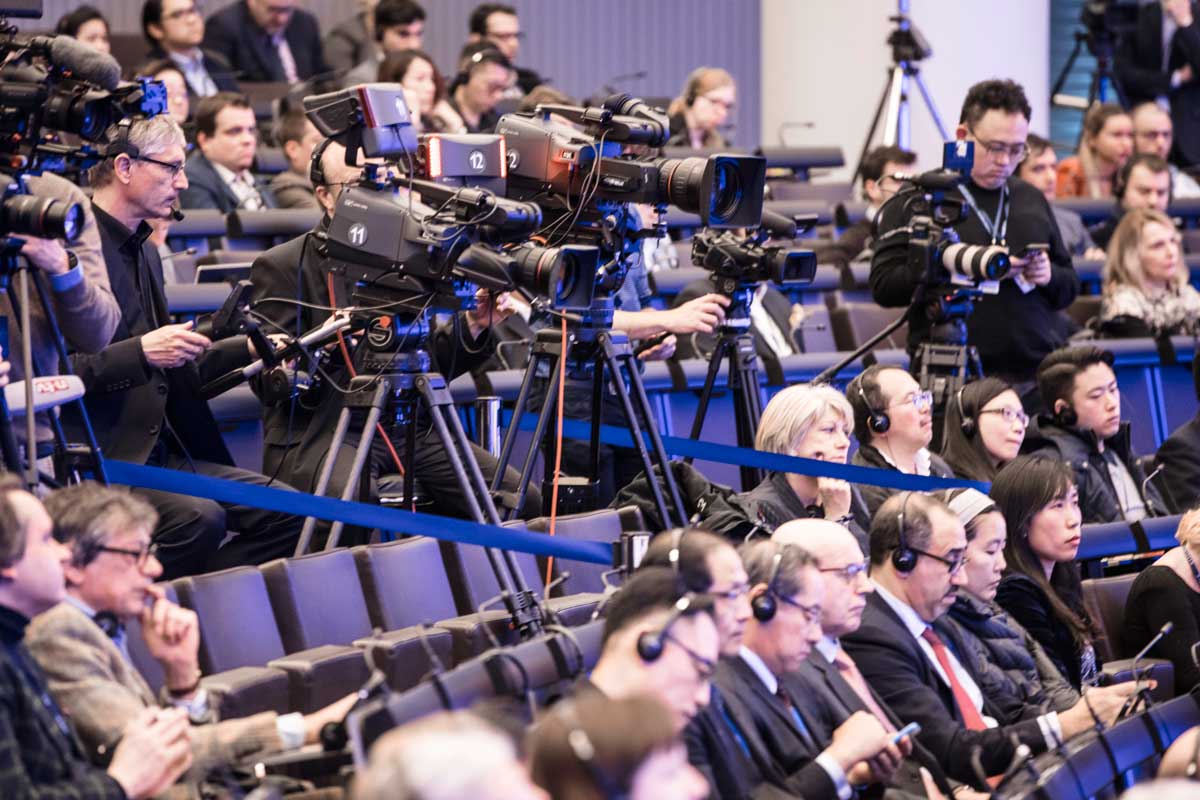
Transitioning To A Global Fair
By the 1970’s, the Basel Fair was branching out internationally, inviting companies from France, Italy, Germany, and the United Kingdom. Over the years, new watches and great exhibitions grabbed international attention and kept interest high, eventually leading to the European expansion.
But besides acclaim, other international influences — like the Quartz watch boom out of Asia with Seiko and Casio — are what lead to real international expansion and the development of the Oysterquartz by Rolex. By the late 1980’s outsiders in the watch-world got invited to the show for the very first time.
As the guest list and international acclaim changed, so did the name. In 1983 the fair was renamed to BASEL83, then renamed again in 1995 to BASEL95. The 1990’s were also the decade when the fame of the fair really took off, so much so, that the organizers had to assemble a Panel to protect intellectual property and arbitrate violations and complaints that were made during the show. With all eyes on these companies and the fair, a panel of lawyers and experts from Switzerland, Germany, Italy, and Japan began taking on the cases and trying to keep the peace. There is a lot at stake, afterall!
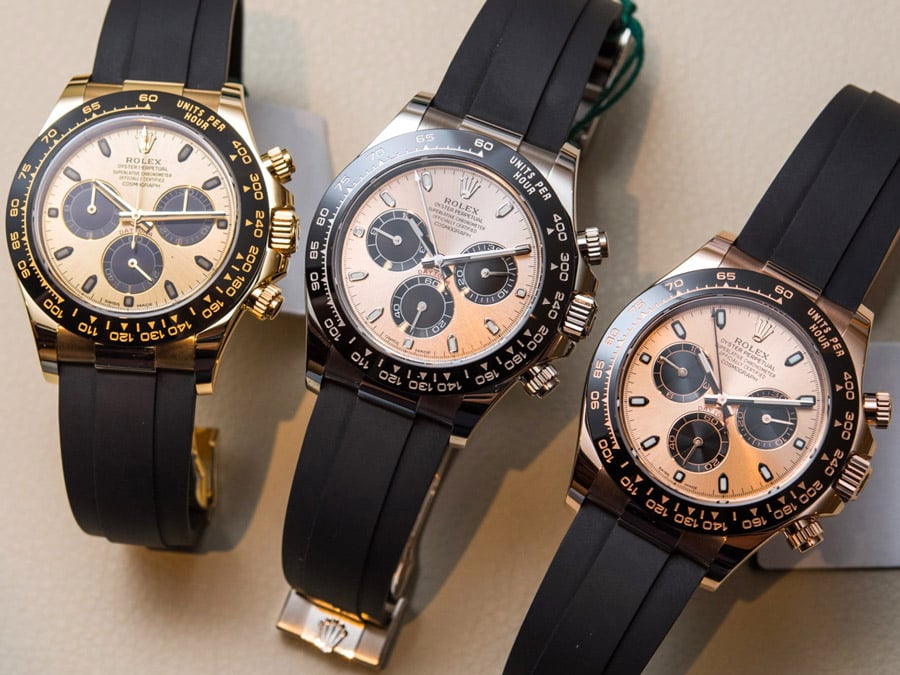
Timepiece highlights and fair exhibitions over the years:
1970: 16 Swiss companies exhibited quartz watches in a bid to compete with rising technology.
1983: Organizes change the name yet again to, BASEL 83, sixty-six years after the first fair. Quartz and plastic Swatch watches were also introduced.
1986: The exhibition opens to watch companies globally.
1995: The fair is renamed to Basel95.
1998: Seiko launches the Spring Drive, a mechanical “hybrid” movement accurate to +/- one second per day.
2003: The exhibition takes on the name Baselworld.
2007: Baselworld attendance hits over 100-thousand people from a hundred countries.
2011-2013: The exhibition hall gets a major makeover after nearly 100 years of adjustments. The hall is now 140,600 square meters large.
But, it wouldn’t be until 2003 that the exhibition would be known as the Baselworld we know it today. And just a few years later in 2007, the show saw more than 100,000 attendees from a hundred countries all over the world. But, just one year later in 2008, the recession hit and the show did have a slump. Nonetheless, the show has been able to bolster attendance with its prestige and popularity over the past few years — and we can’t wait to see what the 2018 show has to bring. The exhibition will be held on March 22-27 and, of course, Bob’s Watches will bring you full coverage of the timepieces and events to come.
